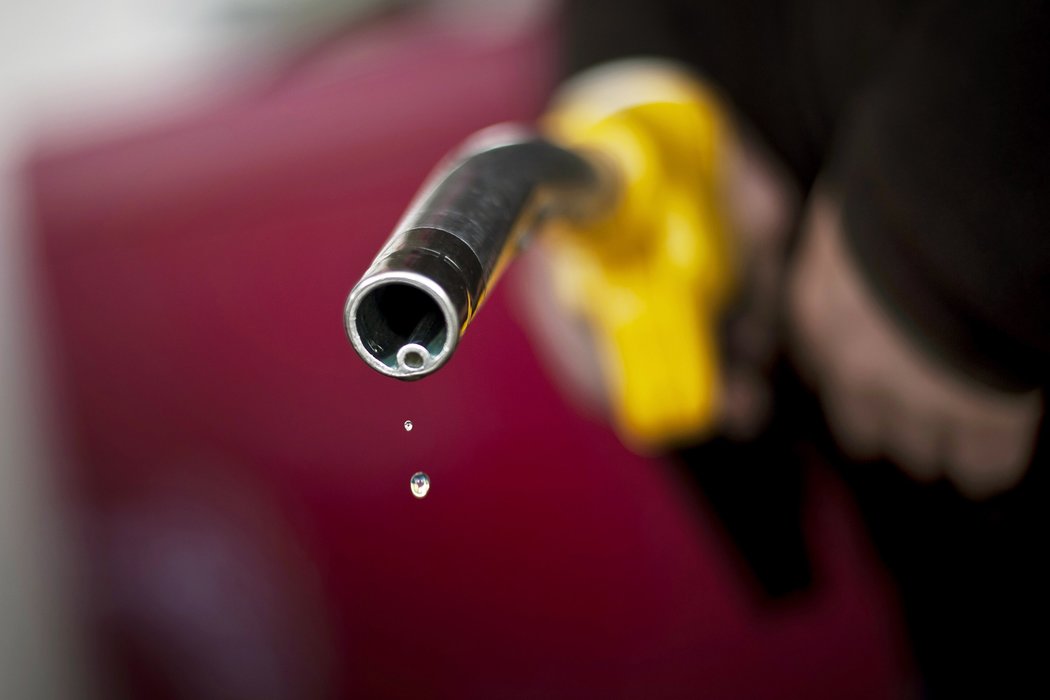The Iranian government will introduce two prices for gasoline, following a parliamentary legislation to revert to a dual pricing scheme for the fuel.
However, a senior oil official said the government will make sure the new scheme will keep most consumers at bay from the second-tier price.
"The ceiling for gasoline consumption will be set in a way that consumers will barely need to move to the higher-tier price," Abbas Kazemi, managing director of the National Iranian Oil Refining and Distribution Company, was quoted as saying by ISNA.
Kazemi stressed that the government has strongly opposed nullifying the adjustment it made to gasoline prices a year ago only to get back to a previous system.
In May 2015, the government scrapped subsidized gasoline quotas—which included 60 liters per vehicle at a price of 7,000 rials (around 20 cents)—in favor of a single price of 30 cents per liter for all consumers.
The unified price, which is already in effect, is also subsidized. According to a calculation by Iranian auto industry portal Asre Khodro, the real price of gasoline stands at 15,720 rials (around 45 cents), or at least 15 cents higher that the current price.
But Majlis approved a bill last month that requires the government to introduce two rates for gasoline: a subsidized or base price and a higher rate close or equal to the free on board prices of the Persian Gulf.
The second-tier gasoline will kick in after consumers exceed the ceiling for consumption of base price fuel. Kazemi did not specify the ceiling.
Majlis-Gov't Rift
Kazemi's comments indicate that the government will play ball with the parliament but aims to equally marginalize the new legislation that was pushed through by a group of conservative-leaning MPs.
He added that the legislation's original purpose was to keep the electronic fuel card system in place, which has been a major sticking point between the government of President Hassan Rouhani and the outgoing parliament.
Fuel cards were introduced nine years ago under the leadership of former president Mahmoud Ahmadinejad to cut costs and curtail gasoline consumption by rationing subsidized gasoline.
But last year's price unification meant there was effectively no need to retain the system, as there was no gasoline quota to keep track of.
The government is expected to introduce the tiered prices by September.


